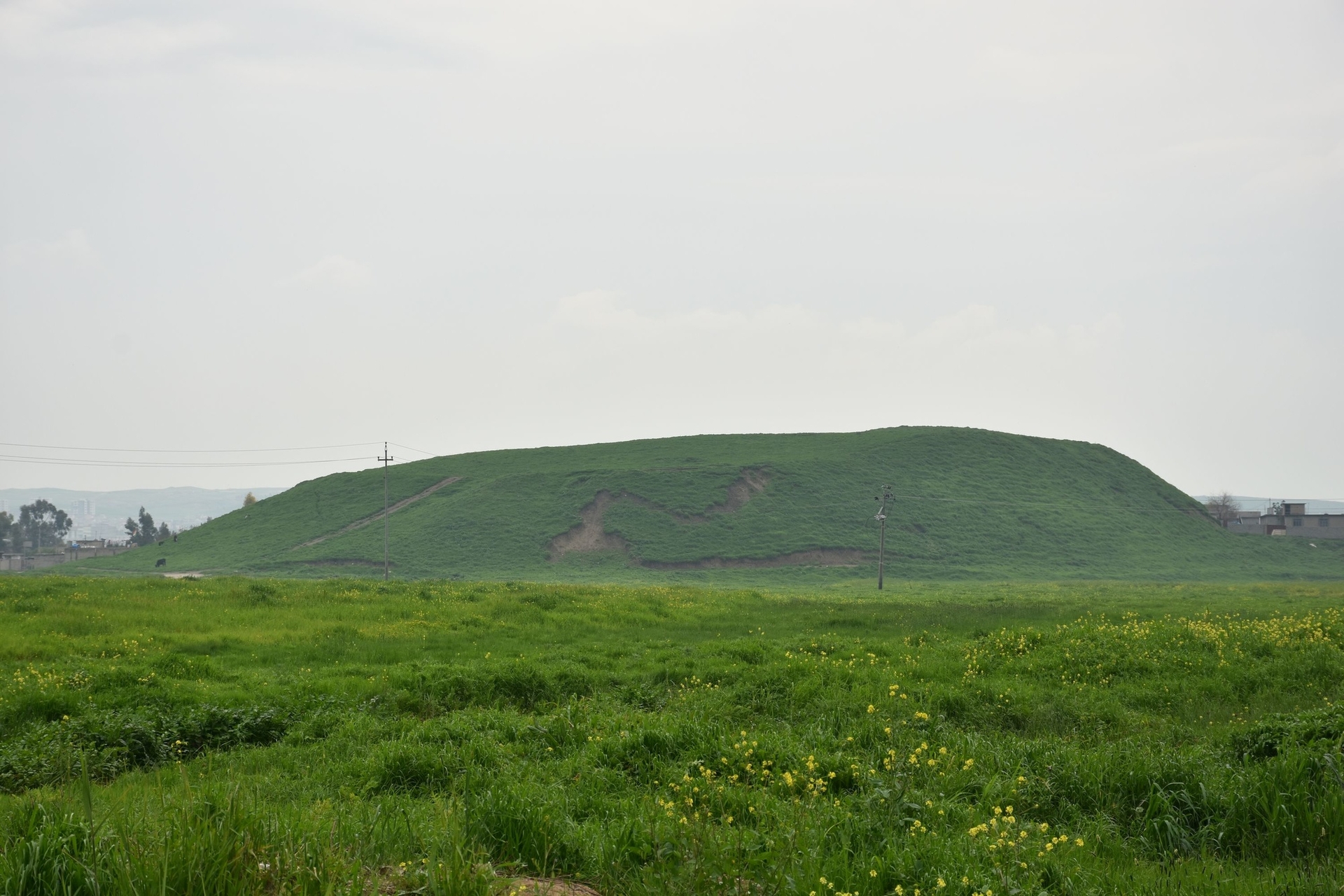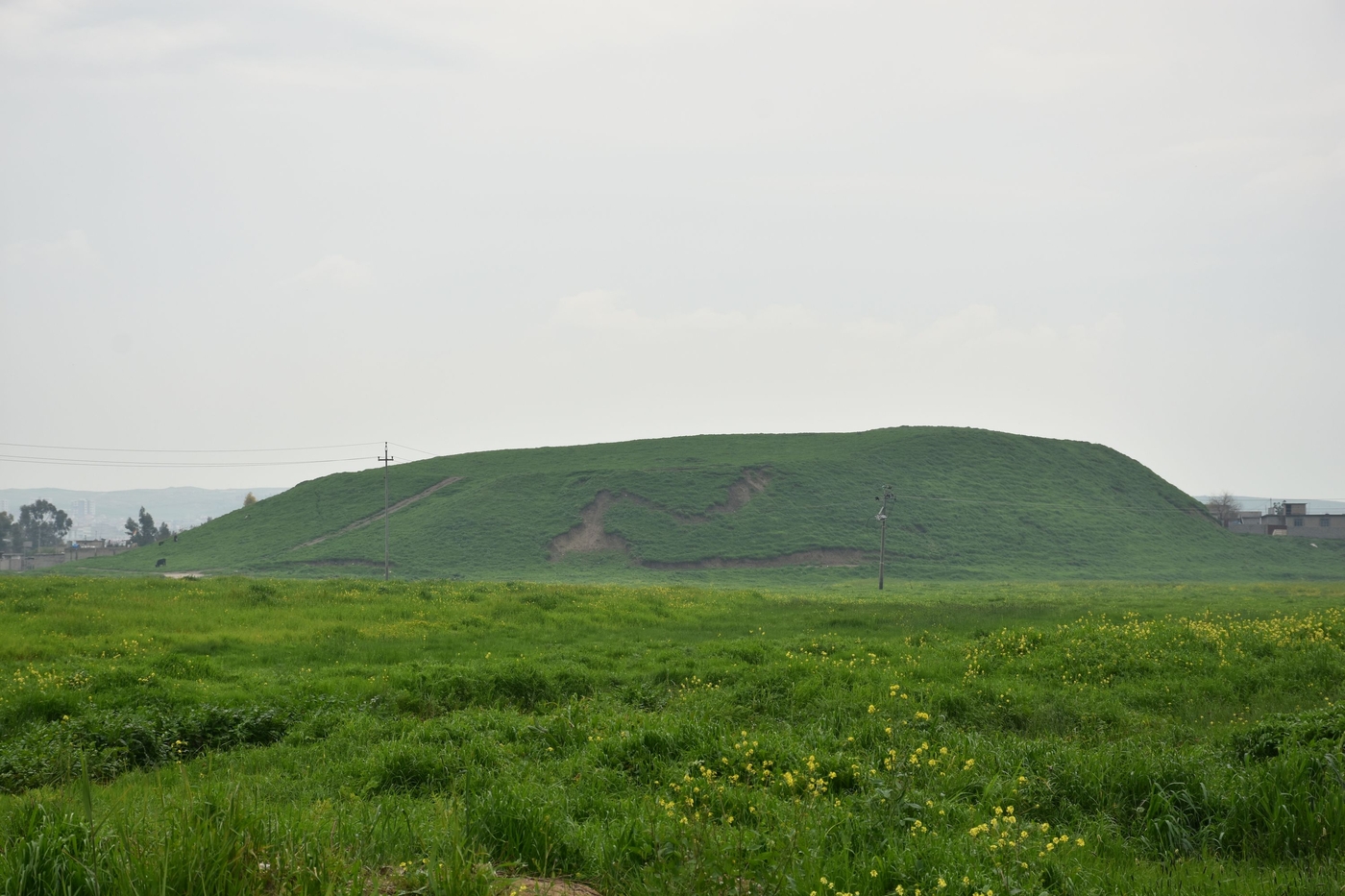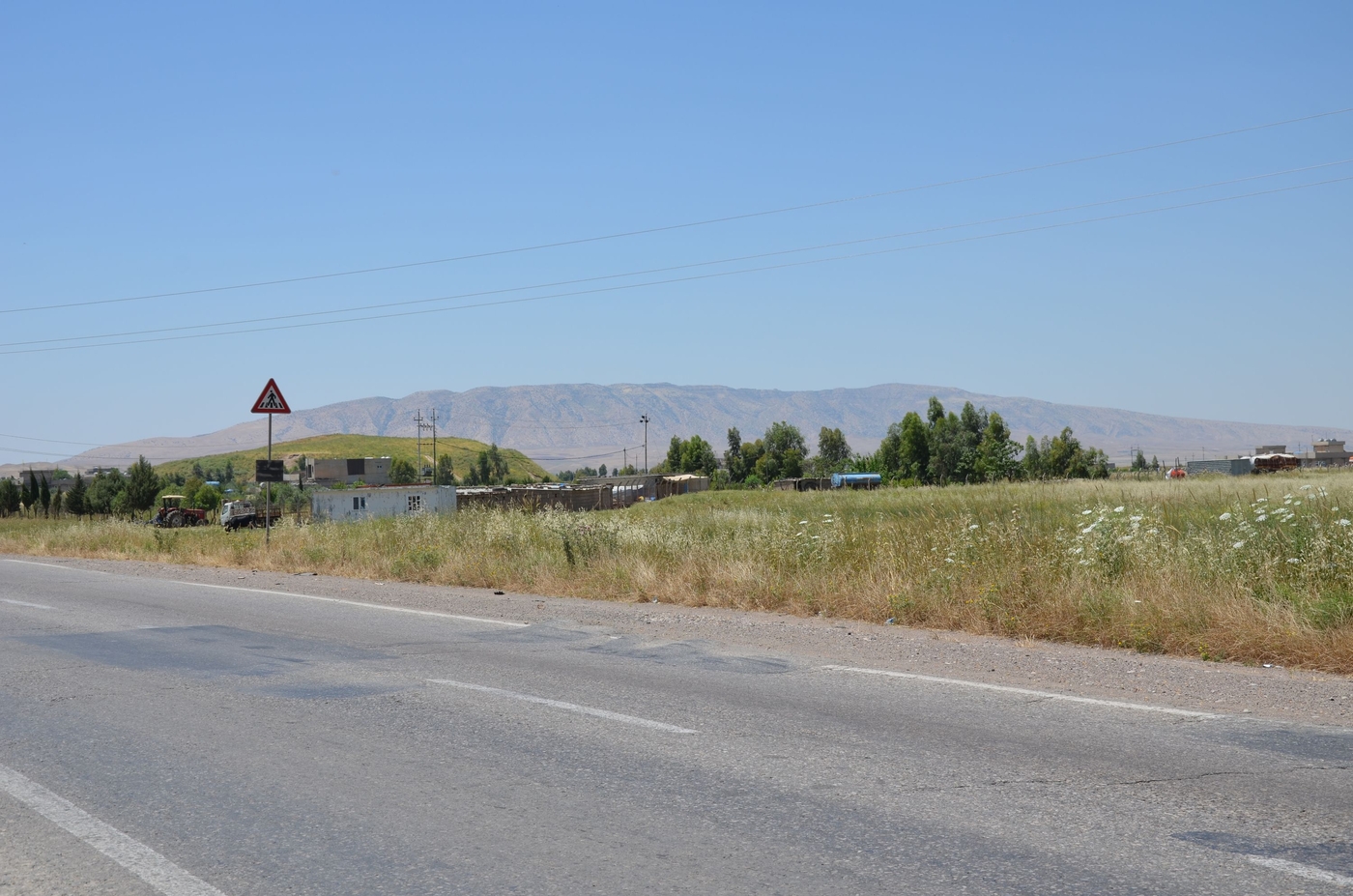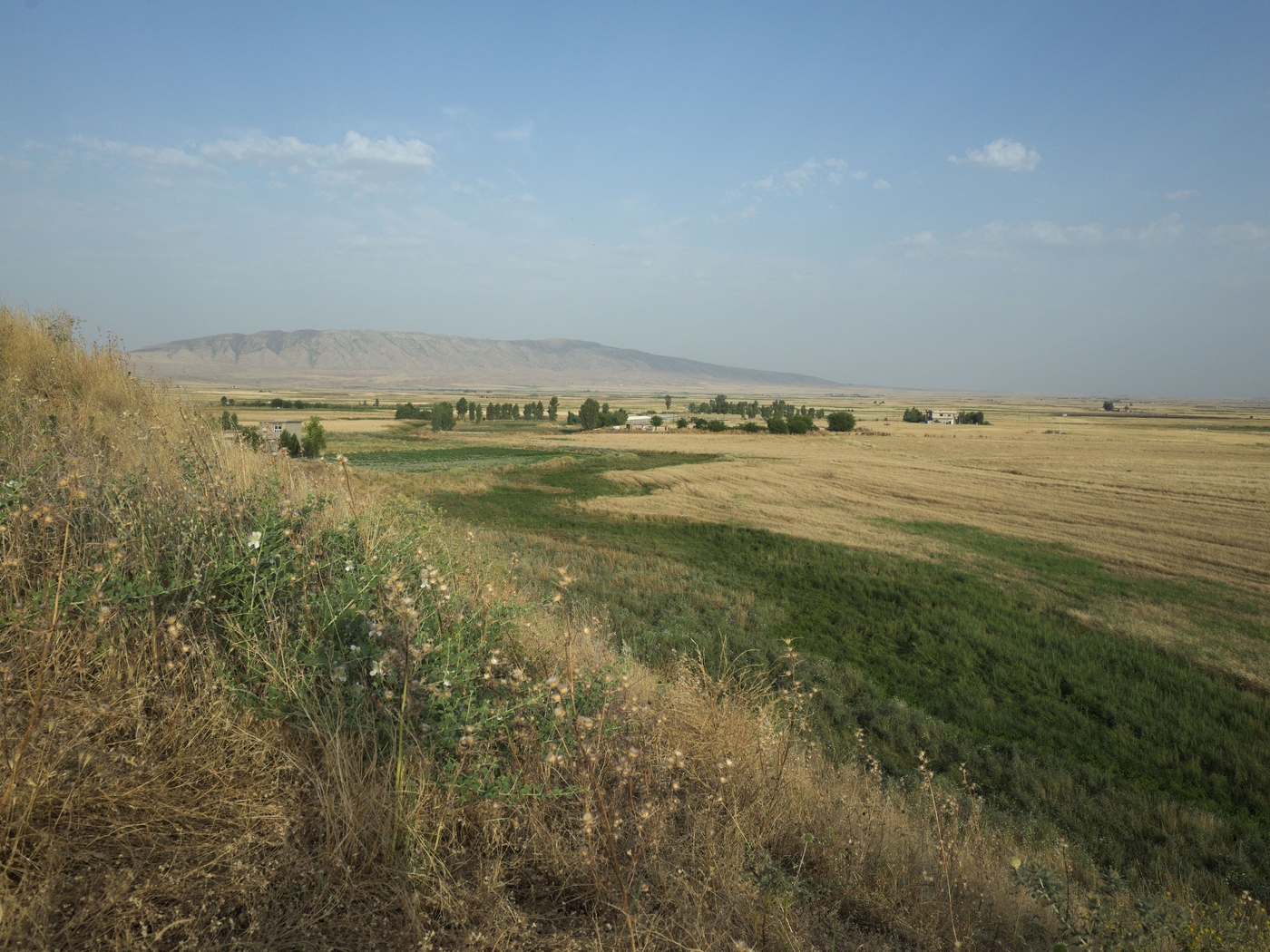Amyan
Located in the north west of the Kurdistan Region of Iraq, Amyan is a site covering multiple periods and was primarily occupied from the 4th to the 1stmillennium BCE. Its excavation and a study of its environment are shedding light on this urban centre that stands on the fertile plain of Navkur.

The Amyan Archaeological Mission was set up in 2019 to fill a research gap in a region that was nonetheless densely occupied in antiquity: the plain of Navkur, in the hinterland of Nineveh. The results will be placed within the broader context of what we now know about this microregion which is part of a string of fertile plains in northern Mesopotamia, to the east of the Tigris.
A major centre
Composed of a tell and a lower city partly covered by a modern village built in the 1970s, Amyan has a total surface area of some fifteen hectares occupied from the Neolithic to the Islamic period. Standing on the banks of the Kurabak River, from where boats would have been able to reach the Great Zab and then the Tigris, the site contains the remains of monumental architecture, suggesting that Amyan was a major urban centre on the plain, a staging post for successful powers from the 3rdmillennium to the Neo-Assyrian kings who controlled the region from their capital at Nineveh, some fifty kilometres from Amyan.
A history closely tied to the great kingdoms of Mesopotamia
The region of Amyan and the plain of Navkur were occupied with increasing intensity from the start of the Early Bronze Age. The territory around Amyan was incorporated into the many kingdoms and empires that fought each other for control over the fertile plains of Upper Mesopotamia, from the Akkadian kings (2350-2150 BCE) to the Neo-Assyrian kings whose empire was centred on Nineveh (900-600 BCE.), and the powerful Hurrian kingdom of Mitanni, which controlled the whole of the north of Mesopotamia from the middle of the 2ndmillennium (1600-1300 BCE).
A rich environment at the heart of a fertile plain
The plain of Navkur, where Amyan was located, is one of several plains found along the banks of the Tigris in Upper Mesopotamia. Characterised by its extremely fertile sediment, it received an average of between 400 and 600 mm of rain water a year, providing ideal conditions for dry farming. The plain of Navkur, one of the richest plains in the region, is crossed by countless streams and rivers of which the largest, al Khazir, flows into the Great Zab. Over the course of its history, this plain was developed extensively in order to better control the water and crops: the construction of irrigation and transport canals spread through the "Assyrian triangle", along with aqueducts and quays.
The Mission archéologique d’Amyan
Formed in 2019 with the agreement of the General Directorate of Antiquities in Kurdistan (DGA), the Amyan Archaeological Mission, directed by Barbara Couturaud, is composed of Kurdish, French and Belgian researchers and doctoral students from a range of institutions: Department of Antiquities of Akre, University of Salahaddin-Erbil, University of Lille, CNRS and University of Liège. It also benefits from the support of theInstitut français du Proche-Orient (Ifpo), the Cooperation and Cultural Action Department (SCAC) of the French Embassy in Baghdad, the University of Liège and the University of Lille. Since 2020, the MAA has been supported by the French Ministry for Europe and Foreign Affairs on the advice of the Excavation Board (Commission des fouilles).








